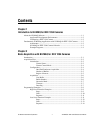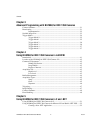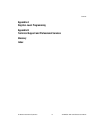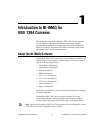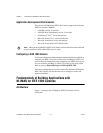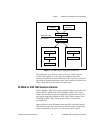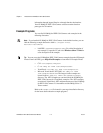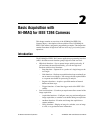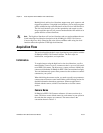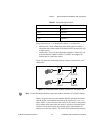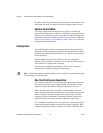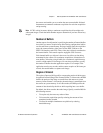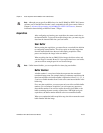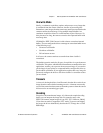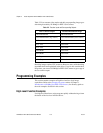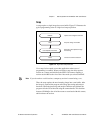
Chapter 2 Basic Acquisition with NI-IMAQ for IEEE 1394 Cameras
NI-IMAQ for IEEE 1394 Cameras User Manual 2-2 ni.com
Both high-level and low-level functions support snap, grab, sequence, and
triggered acquisitions. Using high-level functions, you can write programs
quickly without having to learn the details of the low-level API and driver.
The low-level functions give you finer granularity and control over the
image acquisition process, but you must understand the API and driver in
greater detail to use these functions.
Note The high-level functions call low-level functions and use certain attributes that are
listed in the high-level function description of the NI-IMAQ for IEEE 1394 Cameras
Function Reference Help. Changing the value of these attributes while using low-level
functions affects the operation of the high-level functions.
Acquisition Flow
This section describes the basic steps of performing an acquisition with the
NI-IMAQ for IEEE 1394 Cameras software. The basic steps are
initialization, configuration, and acquisition.
Initialization
To acquire images using the high-level or low-level functions, you first
must initialize a camera session. A camera session is a process-safe handle
to an IEEE 1394 camera. The driver uses a camera session to identify the
camera to which further NI-IMAQ for IEEE 1394 Cameras functions apply.
You can simultaneously open as many camera sessions as there are cameras
connected to you system.
When initializing the camera session, you need to specify two parameters:
camera name and camera control mode. Refer to the following sections for
detailed information about these parameters. When an application is
finished with the camera, call the Close function to close the camera
session.
Camera Name
NI-IMAQ for IEEE 1394 Cameras references all camera sessions by a
name. The driver creates default names for each camera in your system in
the order that the cameras are connected. The names observe the
convention shown in Table 2-1.



